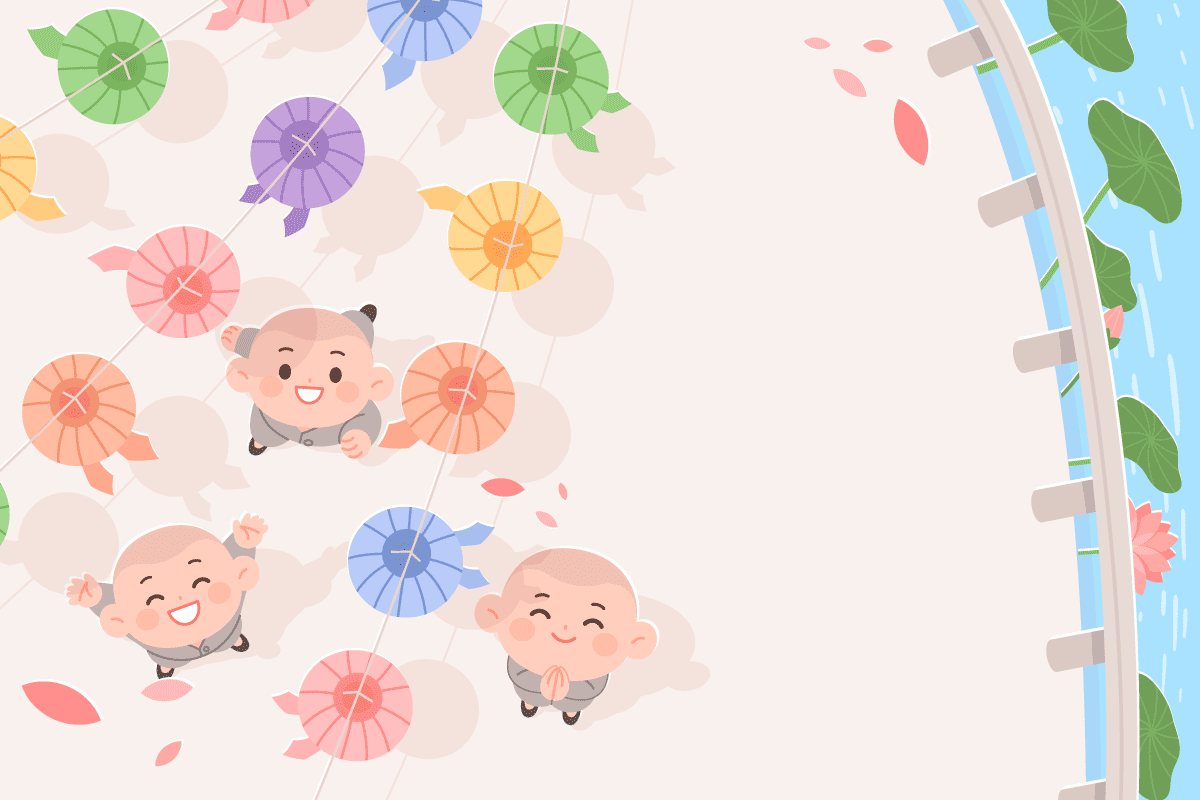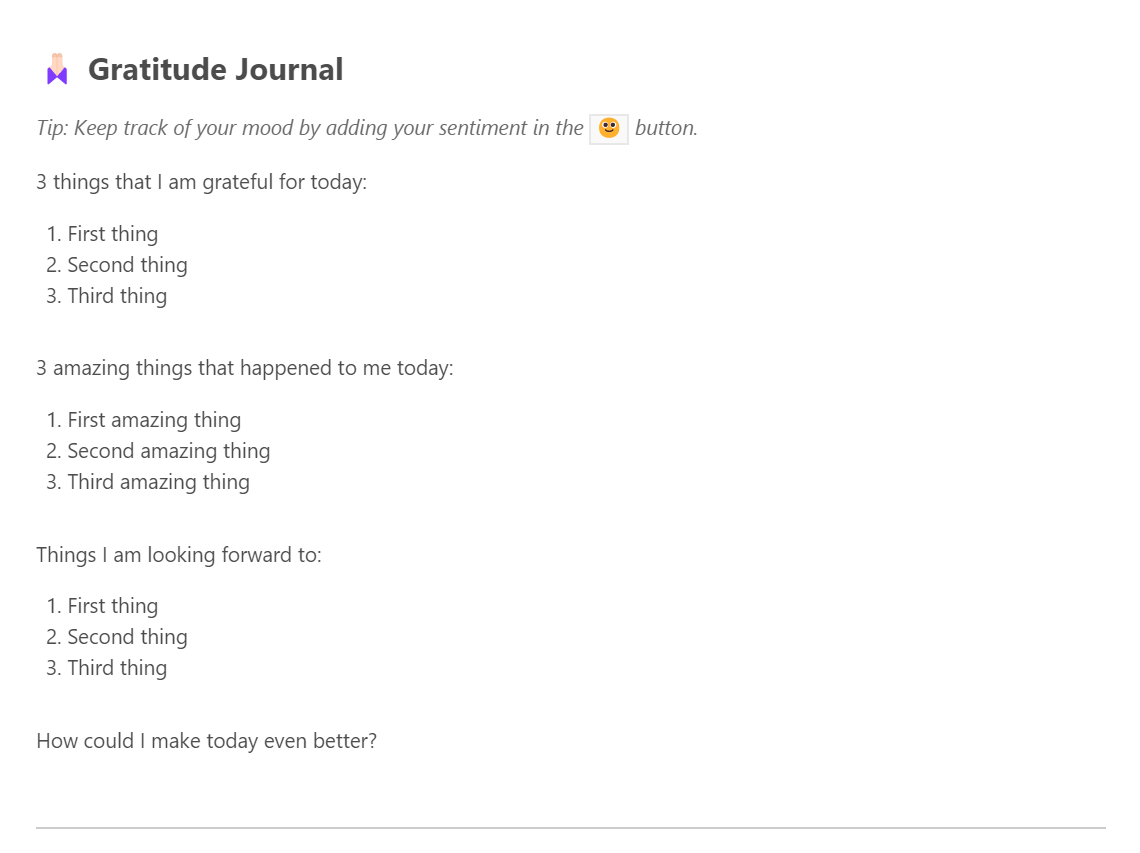'Think Like A Monk' by Jay Shetty - Finding Peace and Purpose
We all strive to lead an intentional and purpose-filled life. However, we may be bombarded with external noise that prevents us from doing so. Read on to learn about Jay Shetty's step-by-step guide to transforming negative thoughts and cultivating a more positive and mindful approach to life.

Whether in our personal or professional lives, we are constantly bombarded by external noise.
What if we could develop a mindset that would allow us to cut out that external noise, and clarify our own intentions and purpose that is free from the influence of others? How would that affect the way we choose to lead our lives? What if we could learn that mindset, not from the richest people in the world or top executives, but from the humble monk?

This is what Jay Shetty addresses in his book, "Think Like A Monk."
What is "Think Like A Monk" about?
Jay Shetty wrote "Think Like A Monk" to help people living in modern urban settings to lead a more purposeful and productive life. He leveraged on his experience of three years living as a monk, and after he returned to modern society, he found that his monk training helped him not just cope, but thrive in the pressures of modern society.
Drawing upon ancient wisdom and his own experience, Shetty explains that the thinking of monks offers valuable lessons that are pertinent in the 20th century. Shetty is not trying to convince anyone to become a monk, but rather think like them to combat the anxieties and pressures we feel in the modern world. He takes the wisdom and the traditions of monks and teaches us how to apply them to live less anxious and more meaningful lives. With this book, he began a mission to spread the monk wisdom he had access to across the world.
The book has 3 parts: Let Go, Grow, and Serve. First, we have to learn to let go of all the unwanted baggage that we inherited from society. After letting go, we would develop the space to grow ourselves by purifying our minds. And thirdly, with growth, we can serve others and the world around us.
Core Principles of Thinking Like a Monk
1. Letting Go
Learning how to let go revolves around 4 key pillars:
- Finding our identity
- Reducing negativity
- Detaching from fear
- Learning to live intentionally
Finding our Identity
Shetty describes identity to be intrinsically wrapped up in our values. He points out that a lot of the values we think we hold are not necessarily our own, but we have acquired them through societal conditioning. Most of us do not consciously and intentionally decide on our values. We just accept and inherit what other people around us think are important.
When we live our lives trying to impress others based on values that we didn’t consciously choose, then we will be tired and stressed all the time. Therefore, the first step to thinking like a monk is to get clear on your values. When we tune out the opinions an expectations and obligations of the world around us, we begin to hear ourselves. If we can filter out this noise and give ourselves the space to consider our own values, we can direct our life towards higher values like gratitude, service, truthfulness and compassion which will ultimately propel us towards happiness, fulfillment and meaning, and away from negative values like greed and envy. These negative values, conversely, push us towards anxiety, depression and suffering.

Reducing Negativity
Shetty lists three cancers of the mind: comparing, complaining, and criticizing. Sometimes we let such negativity affect our entire day. Shetty also says that negativity is a trait, and not someone's identity, and we can learn to let it go. Monks talk about awareness, addressing and amending which Shetty further distills into a 3-stage process to overcome use bad habits; Spot, Stop, Swap:
- Spot the negative feeling.
- Stop to understand what it is.
- Swap in a way of processing the feeling.
This 3-part process of observing, reflecting and then modifying our behavior is a good way of addressing negativity and fear.
Detaching from Fear
We’ve been taught that fear is bad. But instead of being bad, it should be understood as a warning signal. We can use fear to develop solutions or we can allow it to overwhelm us and do nothing as a result. It’s all about how we respond to the signal. Monks believe that the root cause of fear is closely related to attachment or our need to control things. Shetty believes that the cure of fear is detachment. Some people mistake detachment to be feeling indifferent. But Shetty shares that instead, "detachment is not that you should own nothing, but that nothing should own you." This is more of a preferred difference. For example. we can be indifferent to material things and acknowledge that it you do not need the latest gadgets, luxury apparels, and other expensive thins to be happy.

Learning to Live Intentionally
Shetty emphasizes the importance of creating a clear vision of what one wants to achieve and making deliberate choices that support that vision. Living intentionally also involves being present in the moment and fully engaged in one's activities, rather than getting distracted by external stimuli or past/future concerns. Living intentionally is about taking control of one's life and making conscious choices that lead to a fulfilling and purposeful existence.
In totality, living intentionally without negativity and fear will allow us to learn how to let go of the things that are holding us back, and make space for growth.
2. Growing
As with letting go, growth also revolves around some key principles which include:
- Finding our purpose
- Training our mind
- Mastering our ego.
Finding our purpose
Starting with purpose, Shetty talks about how we can identity our Dharma, which is a Sanskrit term that roughly translates to your calling in English. he says finding our dharma is not about fining out our passion and skill, but its about finding out our passion and skill that can also be useful for others. According to Shetty, "Our passion becomes our purpose when we use it to serve others." and passion, expertise and usefulness equates to dharma.
You can use the quadrants of potential, as Shetty terms it, to figure out your dharma, if you have not done so. Most of us spend time in Quadrant 1; skill, but no passion or Quadrant 4 : passion, no skill. But to actually grow and develop our purpose, we should aspire to be in Quadrant 2, skill and passion, so we are spending our time using our time to do what we love.
Pay attention, cultivate self-awareness, feed your strengths, and you will find your way. And once you discover your dharma, pursue it.
Training the Mind
We all have bad habits and thinking patterns like anger, envy, greed, fear, and ego. By mastering the mind, we can overcome these. The key to mastering the mind is again, detachment.
The first step to understanding our minds is to simply become aware of the different voices inside of us. The Monkey Mind is like a child that needs attention. The Monk Mind is like the mature adult. Don’t view your monkey mind as an enemy. View it as a collaborator, and then you can move from battle to bond, enemy to friend. The parent mind must give attention to the monkey mind, which is also the subconscious mind. Our unconscious mind already has instinctive patterns that we didn’t conscious choose, and our conscious mind isn’t awake to make edits. For example, someone tells you, “You look amazing today,” and our subconscious mind instinctively thinks, “No I don’t.”
In order to overwrite the voices in your head, you have to start talking to them. Literally. If your mind says, ‘You can’t do this,’ respond by saying to yourself, ‘You can do it. You have the ability. You have the time.’
Mastering our ego
When it comes to ego, Jay urges us to start by reflecting on the difference between our outside persona with our true self. To do that, think about the choices you make when you’re alone versus when there’s nobody to judge you and nobody you’re trying to impress. If there’s a big difference, then you need to build self-esteem (true confidence) and reduce ego.
It takes the same amount of energy to feign confidence as it takes to work, practice, and achieve true confidence.
3. Serving or Giving
Shetty asserts that the highest purpose in life is to live a life of service, and that is the most direct path to a happy and fulfilling life. He talks about how at the ashram, monks don’t ask, “How was work today?” They ask, “Have you served today?” Monks seek to leave a place cleaner than they found it, people happier than they found them, and the world better than they found it. We are born to care for others, as evidenced when little children instinctively do things to help others.
Serving others has many benefits:
- Service connects us to others and the world
- Service amplifies gratitude by giving you a broad view of all that you have
- Service increases compassion
- Service builds self-esteem, that you have a meaning and purpose in the world

Strategies for Thinking Like a Monk
1. Take control of your "monkey mind"
In the book, the distracted and deviated mind is regarded as the monkey mind. The monkey mind is our obstruction to peace and harmony. It is like a monkey that jumps from branch to branch and doesn’t like stillness.
Our monkey mind abhors stillness, but as we mentioned earlier, stillness is the key to harmony. There is immense peace in stillness and patience. The monkey mind forces us to focus on things that matter the least but give instant gratification, e.g., scrolling social media, procrastinating, gossiping, and so much more. If we don’t illuminate our monk mind, then the monkey mind takes charge.
2. Practice mindfulness
Shetty mentions practicing mindfulness in all aspects of our lives. Studies show that mindfulness and gratitude is linked to better mental health, self-awareness, better relationships, and a sense of fulfillment. When we feel grateful, our brain releases dopamine (the reward chemical), which makes us want to feel that way again, and we begin to make a habit of gratitude.
To re-train our minds into gratitude instead of complaining, Shetty recommends us to keep a gratitude journal. Every night, spend five minutes writing down the things you are grateful for. With practice, you get better at it. Take time each day to write down these things in a journal, from your morning cup of coffee to loved ones. Keeping a gratitude journal can help you gain perspective and identify the people, places, and things that bring you joy. This encourages you to start actively looking for things, people, and situations you are grateful for, which, in turn, starts to create desirous new thought patterns.

If you're looking for a place to do just this, explore Journey's Gratitude Journal template. List things you are grateful for in your day, take note of the positive things that happened, what you look forward to, and reflect on how your days can be better. With this template, intentional journaling and counting your blessings can be seamlessly integrated into your daily routine.
3. Practice meditation
"Meditation is not broken when you’re distracted. It is broken when you let yourself pursue the distracting thought."

Many people dislike meditation because they think they have to stop thinking. But actually, the point of meditation is to train our awareness to notice thoughts and then return to the meditation. Shetty also states that in order to start a new habit like meditation, we should find some time to go deep to get the true benefits. Then you can do your 10 minutes a day, and it’ll be totally different.
4. Don't believe the "social mirror"
Every average person judges themselves by the judgment of others. They set limits that are not set by them but by people around them. When people say, “You are not good at this,” we don’t question if that person is right or wrong. We accept the fact that we are not good at this. This is the social mirror.
One of the reasons our lives are miserable and not liberating enough is the social mirror. Everyone is telling us what to do, what not to do. In this crowd of opinions, we forget our core values. We forget what we are capable of doing. There is no harm in taking advice from other people, but ensure that the social mirror is not limiting your true potential.
5. Let go of internal negativity
Negativity is contagious, and it spreads fast. When you start noticing only the bad things in your life, you should understand you have filled your life with negativity. We create a victim mindset that all the bad things in the world are happening to us and us only. The victim mindset creates a selfish attitude. By accepting and forgiving, we can erase internal negativity. Accept the mishaps that occur in your life and forgive the responsible ones. Letting go gives us freedom, and freedom is the only condition for happiness.

Do not pressurize or beat yourself for the bad things that happen in your life. Let them go. The less time you fixate on something else, the more time you have for yourself.
In modern society, people have been preoccupied with chasing “happiness”, and their image of happiness is based on what the media shows: money, glamour, fame, and material things. However, seeking more and more of these things have lead to frustration, disillusion, unhappiness, and exhaustion.
By leveraging on ancient wisdom and his very own experience, Jay Shetty explains that the thinking of monks offers very valuable lessons that are very relevant to the way of life in the 20th century.
With tools such as Journey's Gratitude Journal template within your reach, inculcating these practices into your everyday habits and routines would be easier as well. With the template, intentional journaling and counting your blessings can be seamlessly integrated into your daily routine. Together with this, with letting go, growing, and serving, and adopting other practices like mediating, journaling, weeding out negativity, and training the mind, we can indeed find peace and purpose in the midst of all the noise and clutter of our modern lives.


